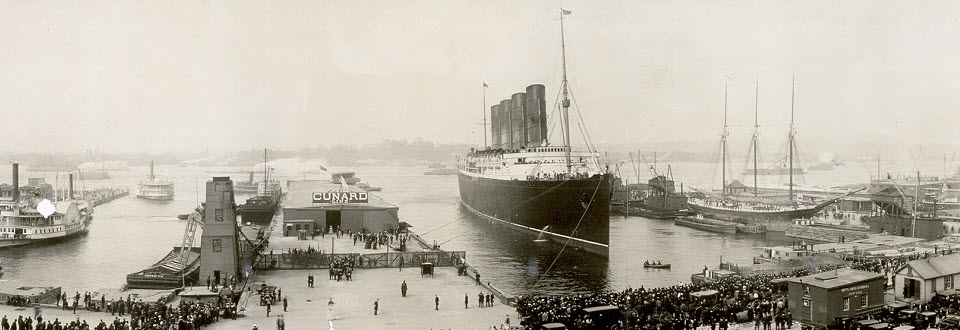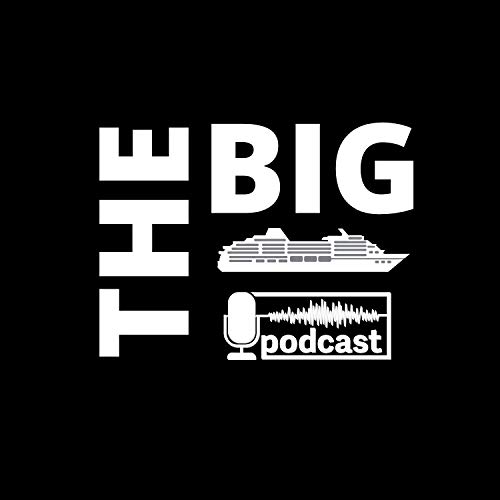Explore the History of Cunard
Cunard Line’s heritage dates back to 1839 when Sir Samuel Cunard attained the first British Government contract to supply a regular mail service across the North Atlantic Ocean. Since that date, Cunard has operated hundreds of ocean liners and cruise ships.
Cunard’s heritage is built on safety, speed and luxury. During the early days of the 20th Century the line’s ocean-greyhounds, Lusitania and Mauretania, were the fastest ocean liners in the world. Their modern turbine engines allowed them to achieve over 24 knots, an impressive feat of engineering.
Cunard’s Golden Age occurred after World War II, when their Ocean Liners, Queen Mary and Queen Elizabeth were the epitome of luxury ocean travel. With speeds of over 30 knots, these two Cunard Queens were the largest ocean liners in the world. In fact, Queen Elizabeth, at 83,673 gross registered tons, held this record until eclipsed in 1996 by the Carnival Destiny.
In the late 1950s, Cunard faced its most fierce competitor yet: the jet aircraft. With the introduction of the Boeing 707 on the transatlantic route, Cunard’s fleet quickly became obsolete. This saw the great decline of ocean liners, with ships such as Caronia, Media, Britannic as well as the famous Queens disappearing from the North Atlantic.
But in the midst of this transport revolution, Cunard gambled their future on a new ship. This liner, built at the same yard as her predecessors (John Brown & Co., Clydebank), was named Queen Elizabeth 2. She maintained Cunard’s presence on the transatlantic service before retiring in 2008, passing the baton to Queen Mary 2.
In these pages you can explore the history of select Cunard and Cunard White-Star ships. These ships are a collection of vessels that have made a significant contribution to the Cunard story. Cunard has operated 249 ships, so this fleet list is always growing, so please come back regularly to find new additions.
Image courtesy: Henderson & Cremer Collection.



